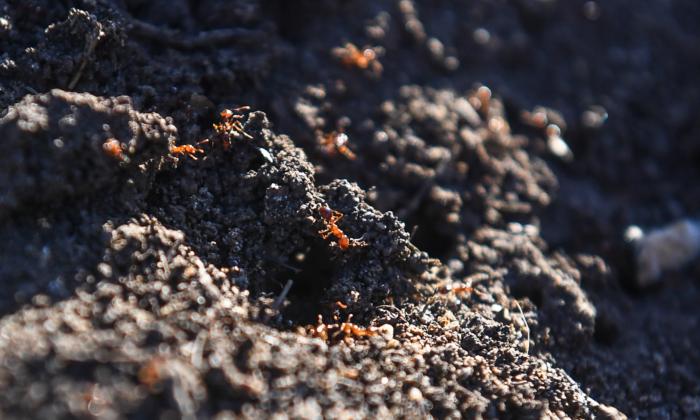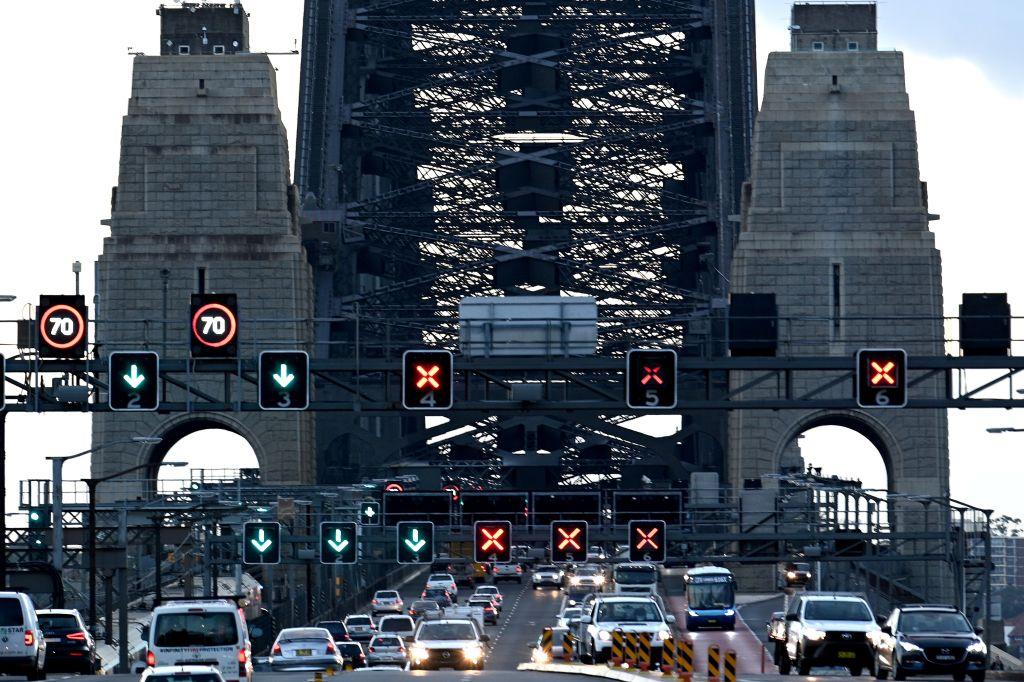The fight against South American super-pest the fire ant is ramping up with an extra $268 million (US$170 million) being pumped into programs to wipe it out.
The boost for the National Fire Ant Eradication Program over the next four years comes alongside a Senate inquiry examining the nation’s efforts to eradicate the insect.
Queensland is ground zero for Australia’s fire ant problem and Treasurer Jim Chalmers says the risks of the ants spreading to the rest of the country are too great.
“I’ve seen firsthand the success of the program’s efforts in slowing the spread rate of fire ants in southeast Queensland, particularly here in my community, in Logan,” he said on Sunday.
“Without the program, fire ants would now infest around 100 million hectares in an arc of country from Bowen in the north, west to Longreach and south to Canberra.”
The treasurer warned of an economic impact of about $1.25 billion annually if the ants spread.
“This is our best chance to eradicate red imported fire ants from Australia,” he said.
Almost the entire country is considered suitable habitat for fire ants. The only possible exceptions are Tasmania’s high country and the NSW Snowy Mountains.
Agriculture Minister Murray Watt said the ants would do more damage to Australia’s agriculture and environment than all of the worst invasive pests combined.
“We will do everything we can to help Queensland and the rest of Australia win this fight. Fire ants are one of the world’s worst super-pests and have the potential to spread across 97 percent of Australia,” he said.
Conservation officer Reece Pianta from the Invasive Species Council said the funding boost was excellent news that came in the nick of time.
A recent review found total eradication will cost about $200 to $300 million a year, each year, over the coming decade.
“Fire ants are one of the world’s worst superpests and, if they are allowed to spread across the continent, their impact will be greater than cane toads, rabbits, feral cats, and foxes combined,” he said.
He’s urging the government to lock in the funding for the 10 years it will take to wipe out the ants.
“Eradication will take at least a decade, and so while this four-year funding announcement is very welcome, work should start immediately on developing the next funding package so that we do not have any more delays.”
Nationals leader and opposition agriculture spokesman David Littleproud said the government had wasted precious time making the funds available, and it still isn’t enough.
“The Response Plan in July said $593 million was required over the next four years to control the pest,” he said.
The first colony was detected in Brisbane more than 20 years ago, after hitching a ride in cargo shipped from the United States.
The ants were recently found perilously close to the New South Wales border as well sand islands off the Queensland coast, sparking fears for the biodiversity on the island of K'gari (formerly Fraser Island).






